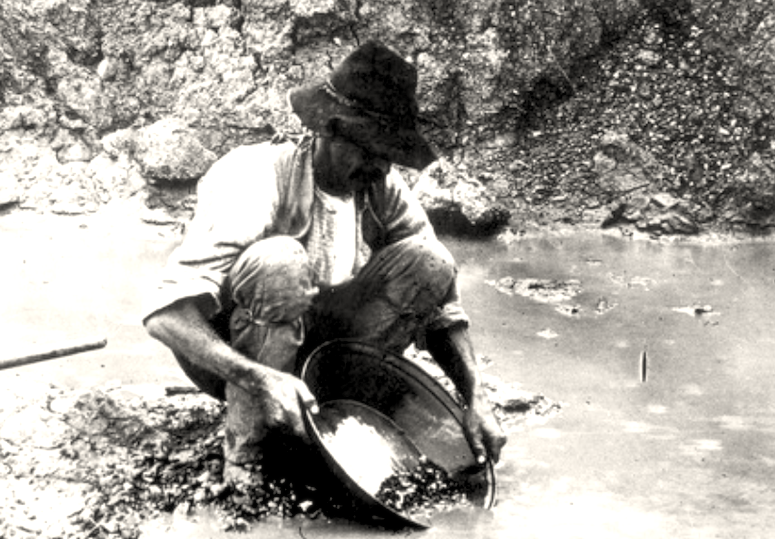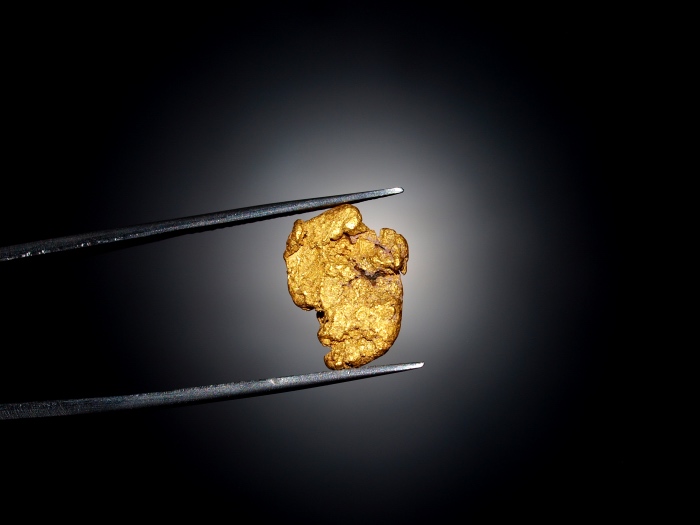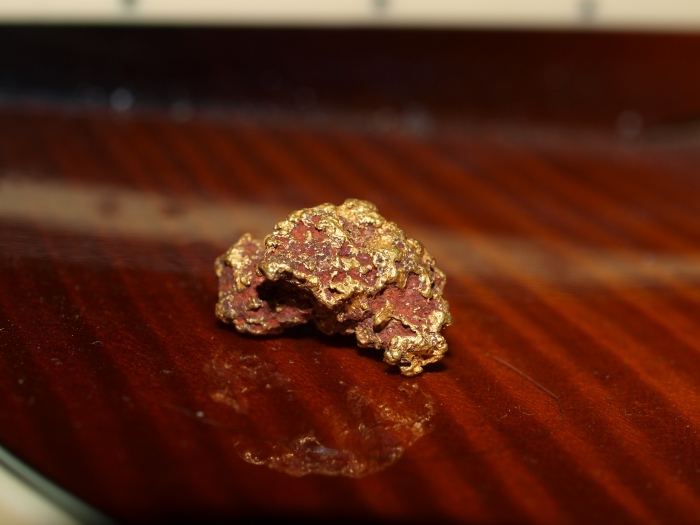
The sweet smell of gold was a massive magnet for prospectors in the 1800s when jobs were scarce. Alabama wasn’t left behind in the search for gold; skilled miners in the Hog Mountain district earned $1.75 per day which was a decent wage that attracted thousands of workers. The relentless efforts of early prospectors led to the discovery of gold in nine counties across the state, mostly in placer deposits.
Only two districts in Alabama produced more than 10,000 ounces of gold and Hog Mountain Mining District was one of them. It was the principal gold producer in the county and at one time (1934 – 1937), it occupied the top slot as the largest producer among the 13 districts in Alabama. Cumulatively, the district yielded 24,300 ounces, accounting for almost half of the 50,000 ounces of gold produced in Alabama.
The Hog Mountain Mining District is located in the north-central part of Tallapoosa County, about 13 miles northeast of Alexander City and a few miles west of Goldville District – another area that had a flourishing gold mining industry. The location of the main mine at the intersection of Enitachopko and Hillabee Creeks places it in an area with an abundance of granite rock. The top of the mountain actually overlooks Hillabee Creek and Hackneyville to the southwest and New Site to the southeast.
History of Hog Mountain Mining District
The name Hog Mountain was coined from the shape of the mountain when viewed from a distance. The district covers a small area whose main deposit was the Hog Mountain mine.
Discovered in 1839, the Hog Mountain mine started off as a small operation using rudimentary equipment to break hard rock. A prospector called Johnston is credited with that discovery. Oxen were used to haul ore to the nearby creek for processing.
Larger gold ores were subsequently discovered in 1893. A new owner constructed a cyanide leaching plant in 1896 that ramped up production significantly. By 1916, the mine had produced 12,100 ounces of gold.
Due to mounting operating costs and the scarcity of cyanide (resources were being diverted to help in World War 1), the mine was closed in 1916. It took a while before it was reopened in 1933. An increase in the price of gold around 1934 led to another spurt in production which was complemented with the deployment of a modern mill.
Production continued uninterrupted until 1938 when the rising cost of production coupled with the government’s decision to fix the price of gold at around $34 per ounce made the whole operation unprofitable. Gold mining was therefore halted and the mill dismantled and later shipped to Georgia.
The gold in this district is hosted in quartz veins and the mining was largely done using cyanide leaching (this method was employed because the gold veins are hosted in granite rock).

Gold-Bearing Creeks
Panning and sluicing in creeks that drain off Hog Mountain can often yield good amounts of placer gold. The eastern side of Hog Mountain is drained by a tributary to Jones Creek while the western flank is drained by Moore Creek. Both creeks contain considerable amounts of placer gold. Another creek drains the southern part of the mountain to join Rotton Creek further down.
Gold prospectors can easily explore these creeks and adjoining streams that have been found to contain gold derived from erosion upstream as they drain through Hog Mountain.
Also Read: How to Locate Gold Veins in Hard Rock
Rich Mines
The only viable gold deposit in this district was the Hog Mountain mine which was also known as Hillabee mine. Although the mine was closed in 1938 after two phases of production (1839-1916, 1933-1938), plans have been underway to revive the mine as recently as 2018 when exploratory drilling was conducted on the mine.
Huge pile of tailings likely still contain some gold. Panning the gravel may also be productive. Granite is the basic rock type found on Hog Mountain and becomes harder as the miners digs deeper into the bedrock.
The mine is in private hands and permission will be required to explore the area. Flooded shafts left behind (some are a result of miners striking the water table) remain a hazard in some areas of the mine.
Also Read: The First Gold Nugget Discovered in the United States
Summary
Apart from Arbacoochee district in Cleburne County, Hog Mountain Mining District was one of Alabama’s most successful gold mining areas. It had the richest gold-bearing rocks and produced almost half of Alabama’s total gold production.
This district has been explored more than any other district in the state and at its peak attracted thousands of prospectors.
Several creeks that drain the area around Hog Mountain have placer gold that can be easily panned by prospectors.
The Hog Mountain mine has changed hands several times over the years. It will be important to find the owner and seek permission to adjacent lands if you intend to do any prospecting in this area. Check with the District Ranger to understand local regulations, mineral rights and ownership status of the area.

